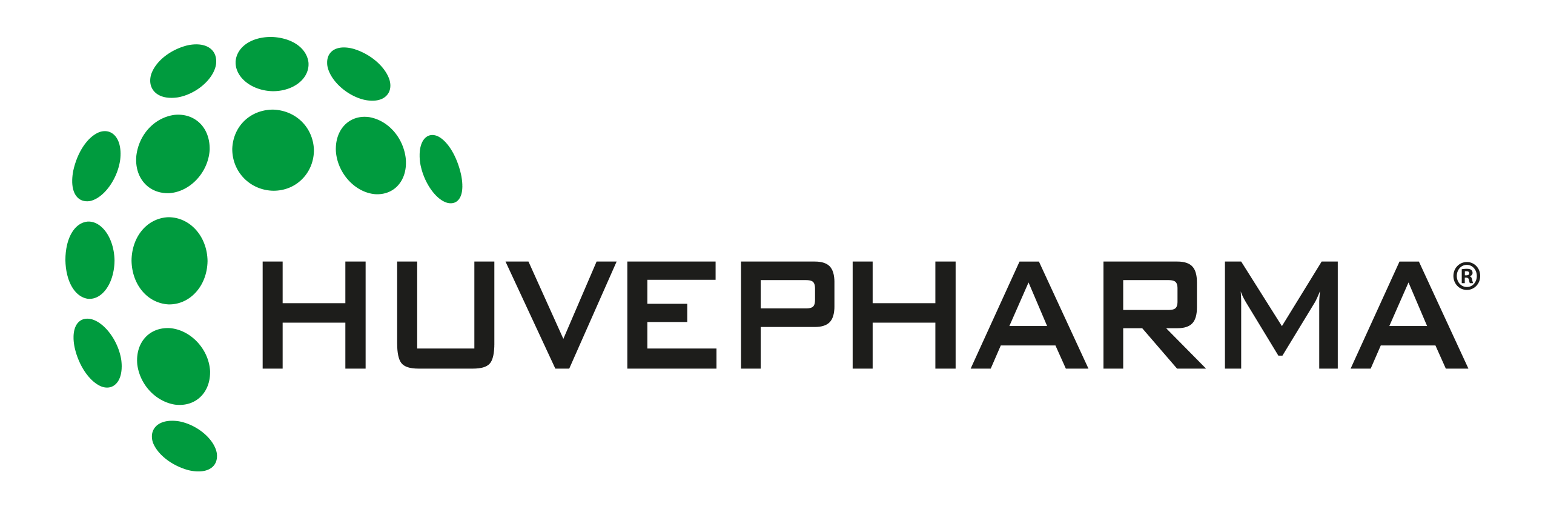
Mastitis can rear its ugly head at any point, but research has shown that the early and late stages of the dry period are when dairy cows are most susceptible to newly acquired intramammary infections. The first two and last two weeks of the dry period represent the transition times into and out of mammary gland involution and can be characterized by high volumes of milk and colostrum. Preventative management approaches that address both of these times are likely to be beneficial to the reduction of mastitis incidence in the milking herd. While there isn’t a one size fits all program for mastitis control and prevention, here are some key management principles to consider at dry-off:
• Employee training and compliance with dry-off procedures
Make sure your standardized dry-off procedure has been evaluated recently with your veterinarian and management team. All parlor teams and individual employees are prone to procedural drift and “training amnesia” without frequent knowledge reinforcement. Providing basic training, monitoring, and periodic retraining so that employees are using updated techniques is key. Since there is high potential for pathogen introduction into the streak canal at dry off, attention to detail and consistent adherence to appropriate teat prep and tube administration techniques can help make preventative efforts more successful.
• Determining your dry cow therapy strategy
Published research has demonstrated that administration of an intramammary antibiotic targeting Gram-positive bacteria at dry-off may treat existing subclinical infections and prevent new ones. While the industry evolves away from blanket dry cow therapy toward increased adoption of selective dry cow therapy (SDCT) and more targeted use of intramammary antibiotics, not every farm is currently positioned to make this shift without significant economic and animal well-being tradeoffs. Determination of a dry cow therapy strategy can prioritize antibiotics that are of lesser importance to human public health, balancing goals around judicious use with animal productivity, and should be tailored to the needs of your herd in consultation with an attending veterinarian.
• Sealing the deal with a teat sealant
Teat sealants are intended to complement the cow’s natural keratin plug against the penetration of mastitis pathogens. Teat sealant products have been shown to work by providing a physical barrier with or without dry cow antibiotics. Studies have shown that 25% to 50% of the dry cow herd may not form a keratin plug within the first 40 days of dry off. In this case, dry cow herds may also benefit from administration of an external teat sealant in addition to the internal teat sealant.
• Vaccine selection
Coliform mastitis core antigen vaccines are an established industry practice that can reduce the severity of some Gram-negative mastitis infections during lactation in herds with higher incidence of environmental mastitis pathogens. Careful timing is critical to successful immunization which has been shown to reduce mastitis severity, culling, milk loss, and mortality associated with E. coli in first calf heifers and multiparous cows.



